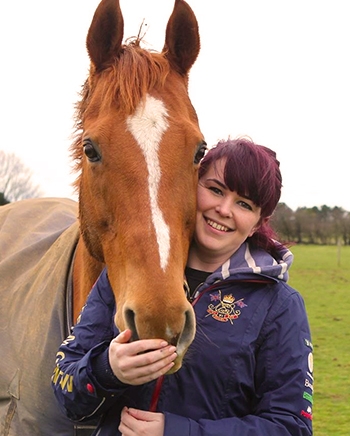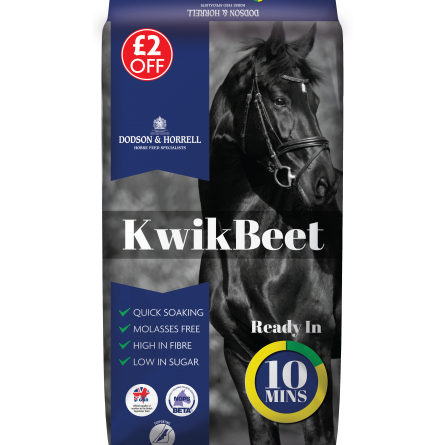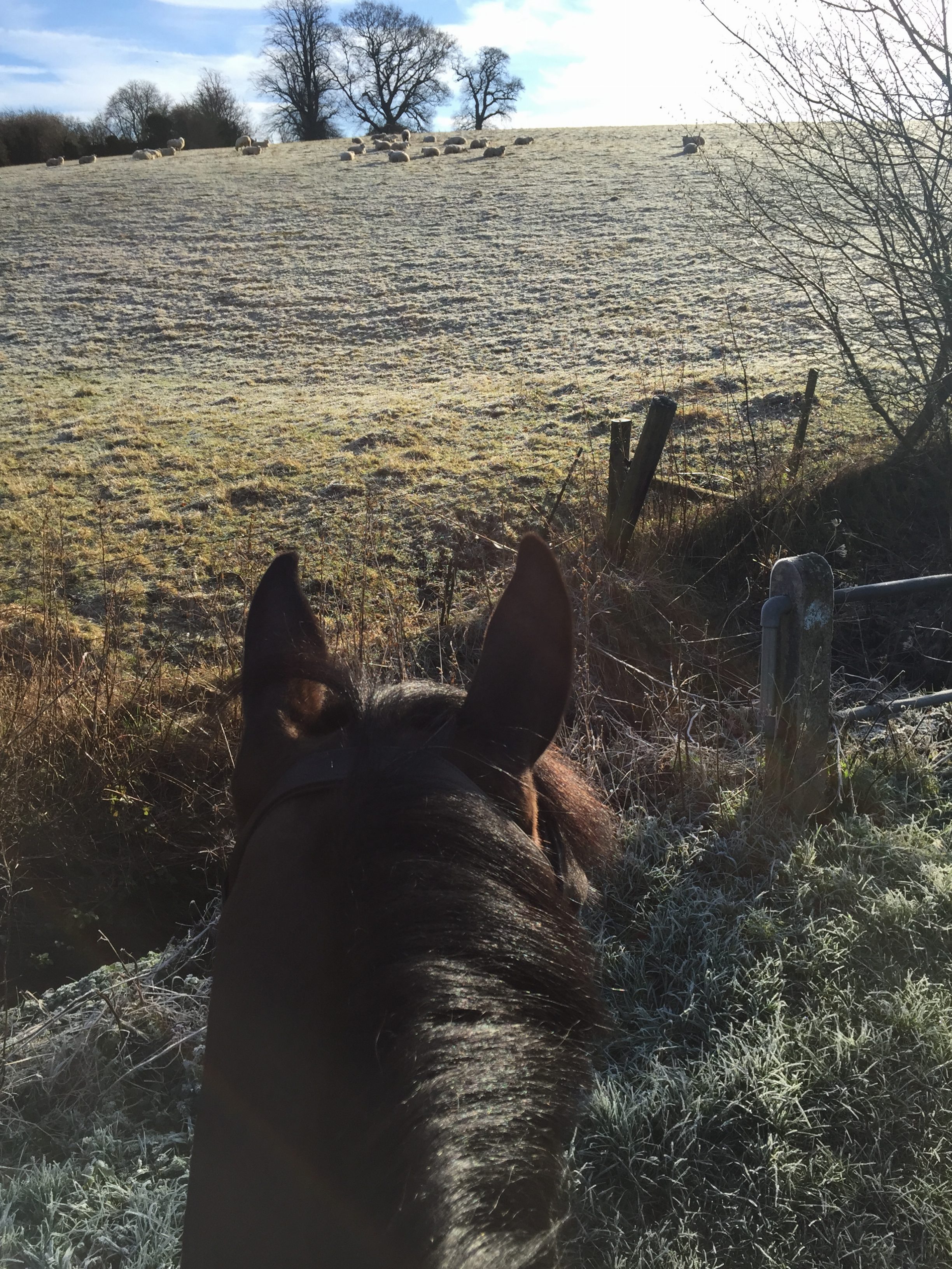3. Boost the antioxidants in the diet to support the immune system.
It’s always a good idea to provide nutritional support over the winter to help reduce the risk of health issues such as colds. Most high quality, complete feeds contain a range of different vitamins in order to help meet daily nutritional requirements.
If, however, you are feeding less than the recommended daily amount, adding a high specification balancer is a really good investment, remember to choose one with plenty of antioxidant support such as Ultimate Balancer which contains our QLC package.
The addition of herbs such as Echinacea can also help to support your horse’s immune system. The herb is reputed for being helpful in the recovery processes and is considered a good ‘pick me up’ for equines that are under the weather.
4. Ensure all the dietary components for hoof quality are supplied.
Everyone knows the saying ‘no foot, no horse’ and during the winter horses have to cope with all different kinds of ground conditions. In order to give your horse the best chance of coping with the changing environments it is important to make sure you are supplying all the key components at the recommended feeding rates to allow your horses to build strong and healthy hooves.
A high quality, complete feed should have effective levels of biotin, zinc and methionine already incorporated but if you are not feeding up to the recommended rates, it is advisable to top up with a high specification balancer to increase the nutritional value. Alternatively if hooves are a particular area of concern for your horse then adding a specific hoof supplement is advisable.




















